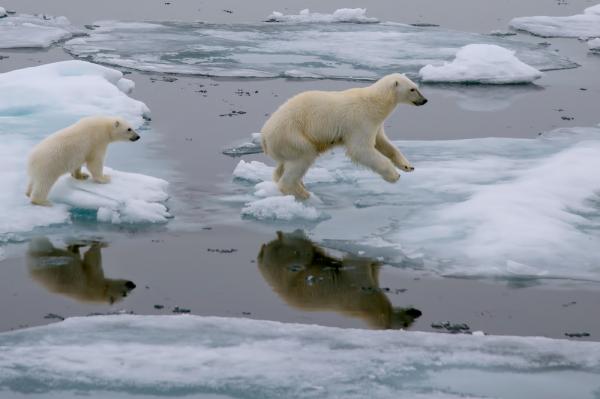
WASHINGTON, Dec. 31 (UPI) — Not even the North Pole has been spared from early winter’s wacky weather. That’s the thing about weather, a regional system can have global repercussions.
Early this week, a large storm — likely encouraged by El Nino and the violent system that swept across the United States over the holidays — began to form in the North Atlantic. The hurricane-force low pressure system pushed warm air into the Arctic, resulting in a heat wave that thrust temperatures above freezing at the North Pole this week.
As the Washington Post reported, temperatures on Tuesday and Wednesday breached 32 degrees at the North Pole — 50 degrees higher than historical late-December averages.
The temperature readings were made using satellites, and weather scientists acknowledged there is a range of uncertainty.
“As the North Pole is over the Arctic Ocean (which is frozen most of the year), NOAA does not have land-based temperature gauges there,” an NOAA spokesman told The Telegraph.
The system that caused the brief heat wave, dubbed Storm Frank, has seen the British Isles hit with a barrage of rain — with rivers overflowing and coasts flooded by storm surges.





